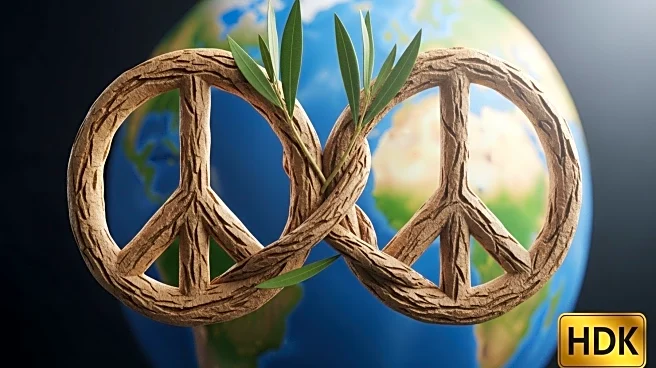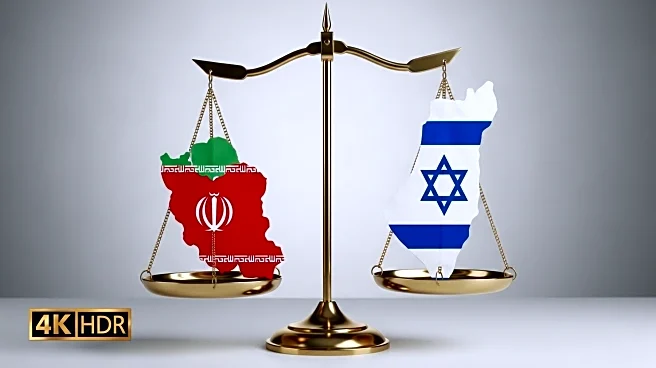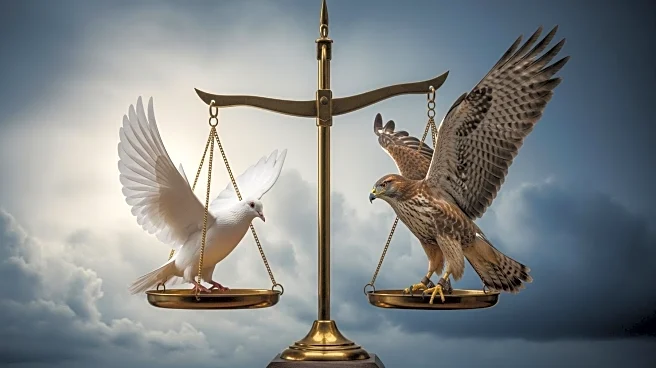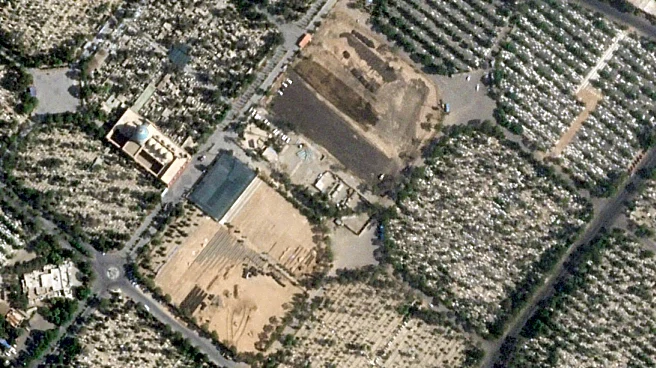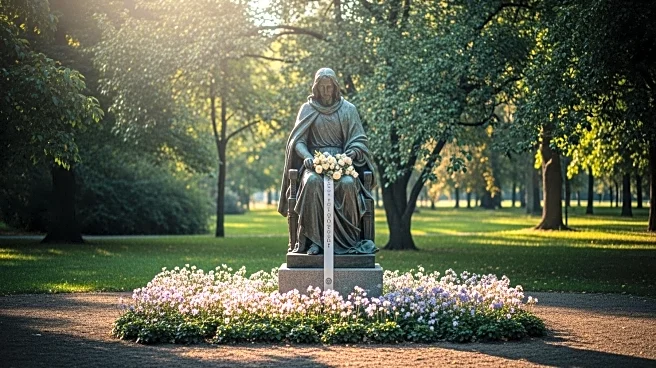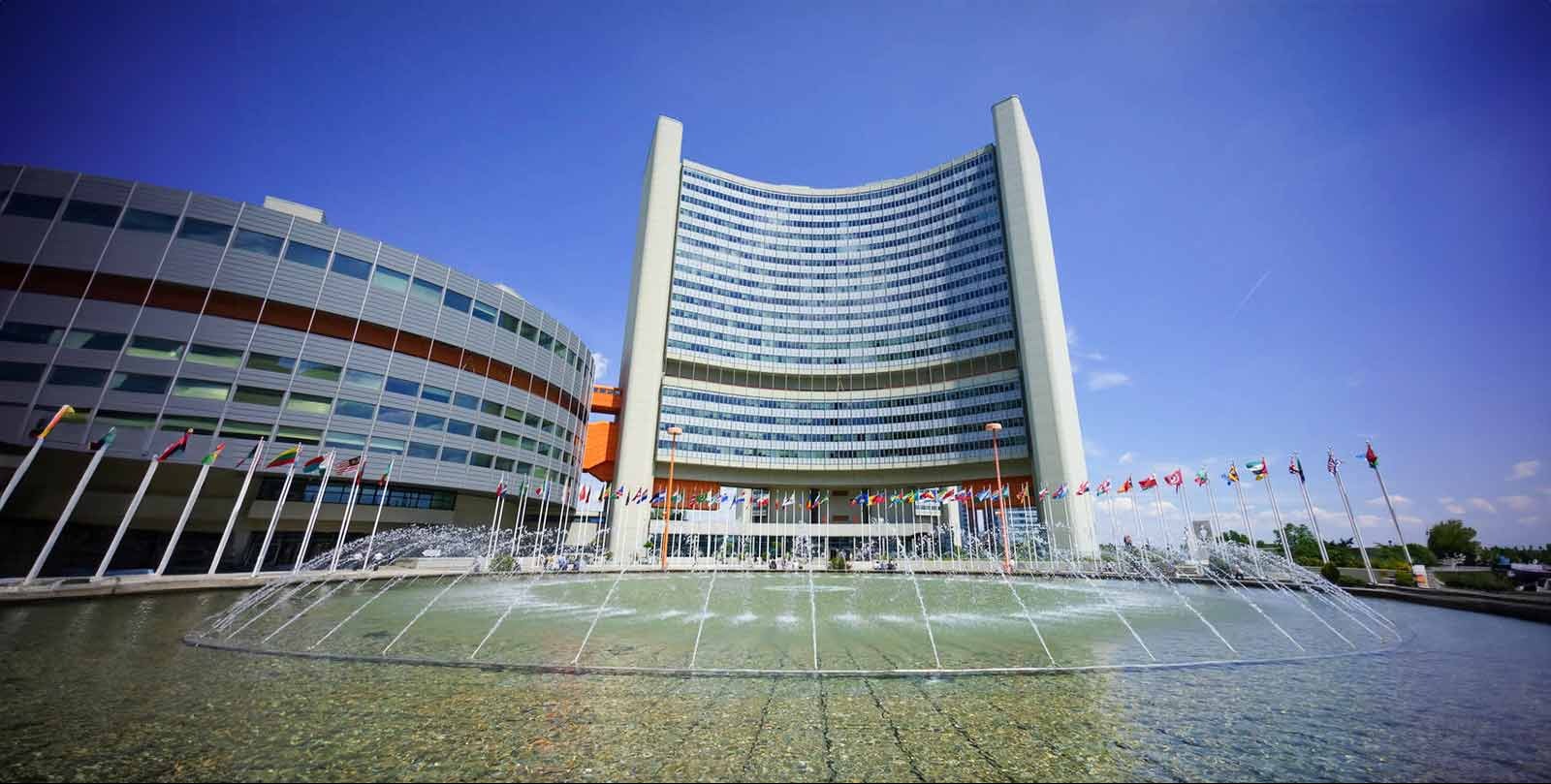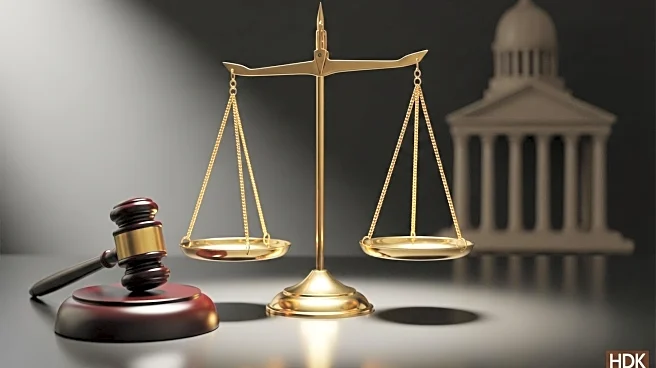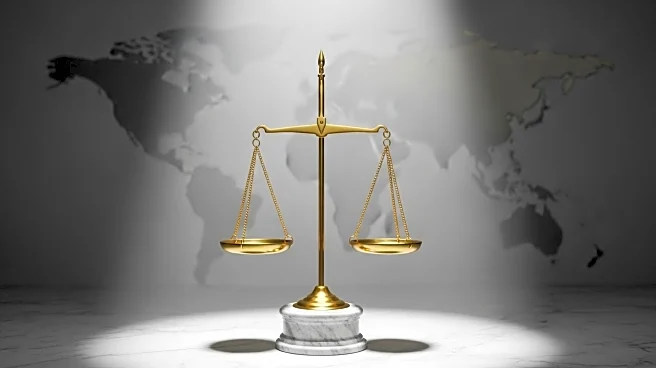What's Happening?
Iran is converting a section of Behesht-e Zahra cemetery in Tehran, known as Lot 41, into a parking lot. This site is believed to be the burial ground for thousands executed after the 1979 Islamic Revolution. Satellite images show the paving process underway, with half of the lot already covered in asphalt. Iranian officials have acknowledged the decision, citing the need for parking space. Critics argue this move is part of a broader effort to erase evidence of past atrocities, as similar actions have been taken against other graveyards linked to political dissidents and minority groups.
Why It's Important?
The repurposing of Lot 41 raises concerns about Iran's handling of historical sites and the potential erasure of evidence related to human rights abuses. This action could impact families seeking justice for relatives buried there, complicating efforts to hold perpetrators accountable. The move also highlights ongoing tensions between the Iranian government and dissident groups, reflecting broader issues of impunity and historical revisionism. The international community, including human rights organizations, may view this as a violation of ethical and legal standards regarding the preservation of historical sites.
What's Next?
The conversion of Lot 41 into a parking lot may lead to increased scrutiny from international human rights organizations and further criticism from within Iran. Legal challenges could arise, especially if families of the deceased contest the decision. The Iranian government may face pressure to halt the project or provide transparency regarding the handling of remains. This development could also influence future policies on the preservation of historical sites and the treatment of dissident groups in Iran.
Beyond the Headlines
The destruction of Lot 41 is part of a pattern of erasing sites linked to political dissent, which may have long-term implications for Iran's historical narrative and collective memory. This action could deepen societal divisions and fuel further dissent against the government. It also raises ethical questions about the treatment of burial sites and the rights of families to access and preserve the graves of their loved ones.



